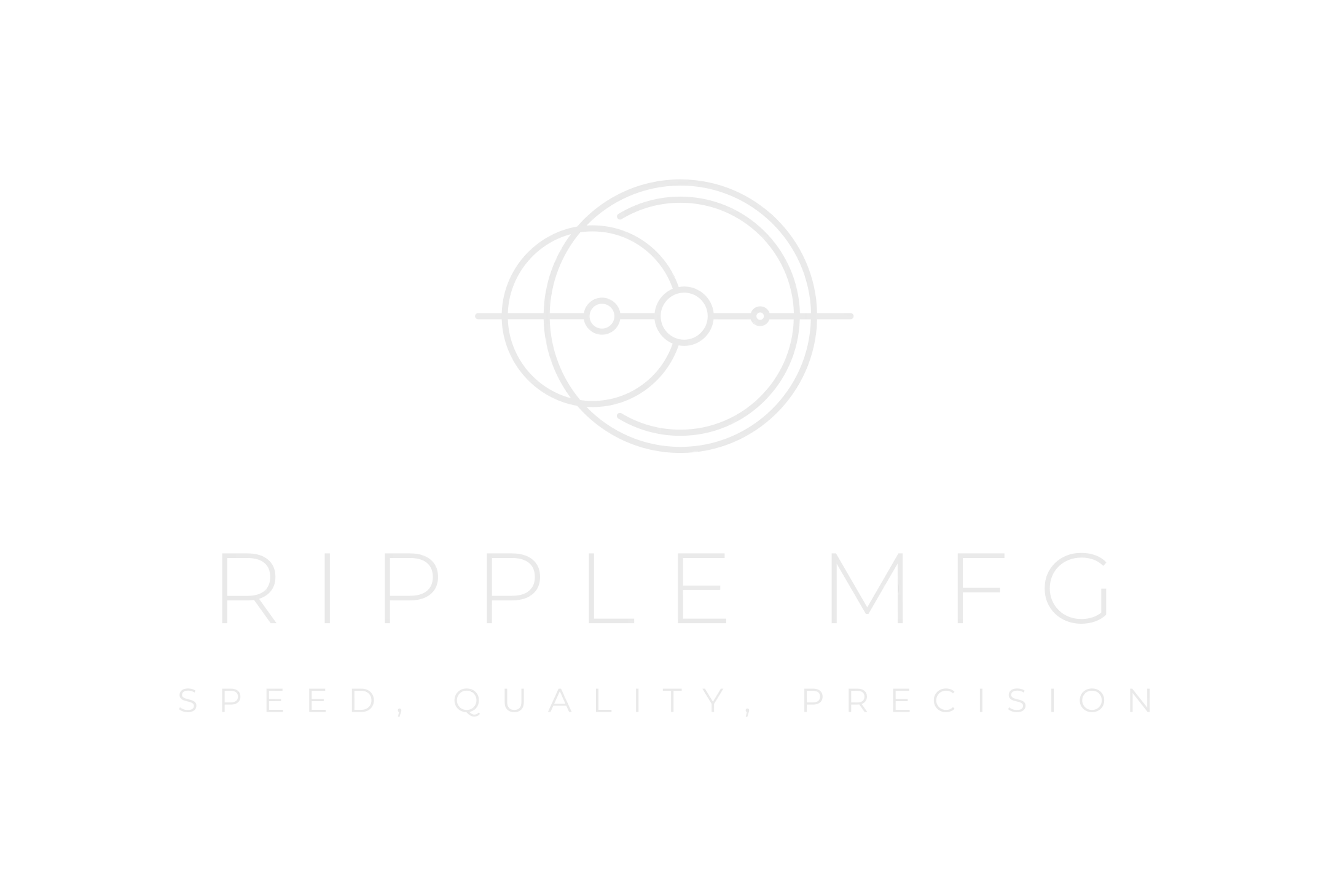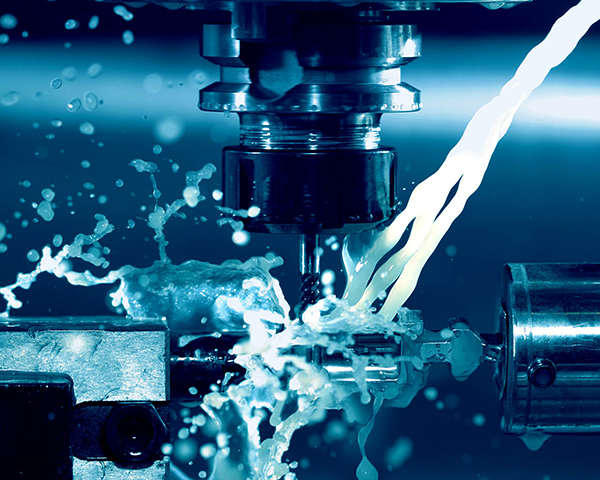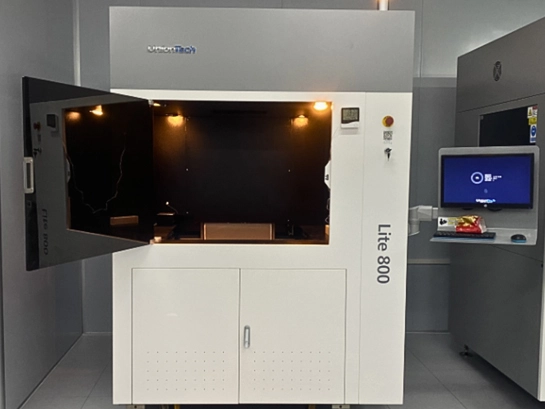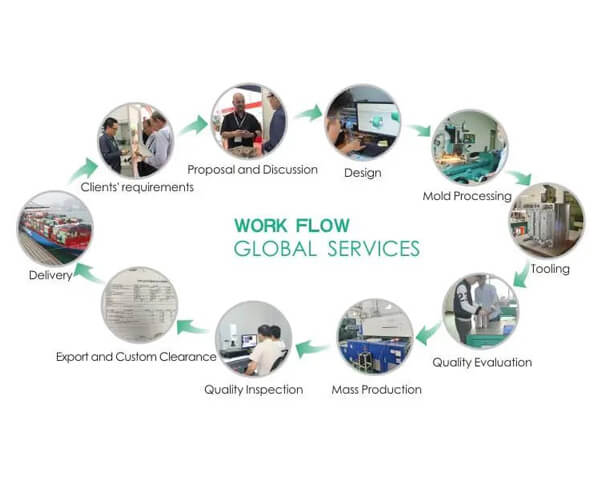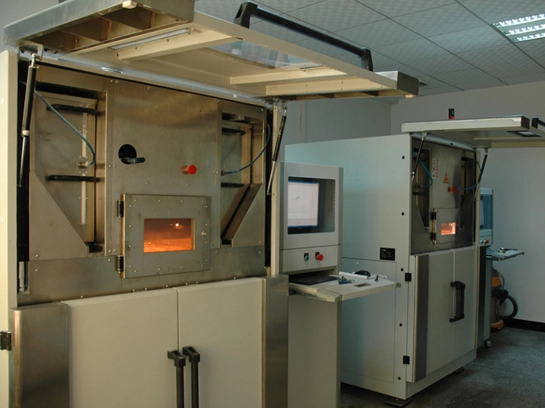As we continue to explore the boundless possibilities of space travel and aerospace engineering, one crucial element stands at the forefront of innovation – precision prototype machining. From pushing the boundaries of exploration to revolutionizing aircraft design, prototype machining is an indispensable tool in the aerospace industry. In this blog post, we will examine the significance of prototype machining and its role in shaping the future of aerospace advancements.
The Importance of Prototype Machining in Aerospace Engineering
Prototype machining plays a vital role in aerospace engineering, enabling engineers and designers to transform groundbreaking ideas into tangible reality. By producing accurate and functional prototypes, aerospace companies can thoroughly test and refine their designs, saving both time and resources in the long run. Whether it's developing new rocket engines, advanced avionics systems, or novel aircraft designs, prototype machining facilitates the optimization of these concepts and ensures their feasibility before moving forward with full-scale production.
Advancements in Precision Prototype Machining Technology
With the rapid advancement of precision prototype machining technology, aerospace engineers now have access to unparalleled design capabilities. Computer Numerical Control (CNC) machines have revolutionized the industry, allowing for intricate and complex designs to be transformed into high-quality prototypes with exceptional accuracy. These machines, coupled with advanced software simulation tools, enable engineers to create prototypes that are not only visually impressive but also functional in mimicking actual conditions and performance.
Moreover, 3D printing has emerged as a game-changer in the field of prototype machining. It offers a cost-effective and time-efficient approach to create intricate parts that were once deemed challenging to manufacture. Whether it's intricate fuel nozzles or customized brackets, additive manufacturing has empowered aerospace engineers to explore new frontiers by pushing the limits of design and material possibilities.
Accelerating Aerospace Innovations with Prototype Machining
The aerospace industry is driven by innovation and pushing boundaries. Prototype machining acts as the catalyst for these advancements, enabling engineers to unlock new possibilities and redefine traditional norms. By embracing the iterative nature of prototype machining, engineers can quickly identify design flaws, make necessary adjustments, and continuously improve upon their concepts, ultimately leading to safer and more efficient aircraft and space vehicles.
Moreover, aerospace companies are no longer limited to merely replicating existing designs. Prototype machining allows them to take risks and test unconventional ideas that have the potential to transform the industry. From cutting-edge propulsion systems to revolutionary aerodynamic designs, prototype machining empowers engineers to think outside the box and embrace creative solutions that were once deemed impossible.
In the fast-paced world of aerospace engineering, precision prototype machining plays an indispensable role in pushing the boundaries of innovation and revolutionizing the way we explore space. By leveraging the power of advanced technologies such as CNC machines and 3D printing, aerospace engineers can transform their visions into reality, allowing for continuous improvement and optimization of their designs. As we move forward, it is clear that prototype machining will continue to be a driving force behind aerospace advancements, shaping a future where the impossible becomes possible.
- Applications of Precise Tool and ManufacturingSeptember 14, 2024About Ripple MFG's Precision Toolings ServicesAccording to Ripple MFG's global service strategy, it is dedicated to providing precision plastic injection molding services including...view
- The Future of Manufacturing: Urethane Casting Services in a Dynamic IndustryJanuary 5, 2024In the ever-evolving landscape of manufacturing, where precision, flexibility, and speed are paramount, the future is being shaped by innovative technologies like urethane casting services. This dynam...view
- Latest Trends in Precision Tool ManufacturingMarch 19, 2024As technology continues to advance, the field of precision tool manufacturing is witnessing an impressive array of recent trends. These trends not only drive the rapid development of the manufacturing...view
- What is the Tolerance of a 5 Axis CNC Machine?September 19, 2023What is 5 Axis CNC Machining?5 axis CNC machining is a type of computer-controlled machining that uses five axes of motion to cut and shape materials. The five axes allow for greater flexibility and p...view
- Beyond 3D Printing: Exploring Precision Prototyping MachiningOctober 27, 2023The world of manufacturing and rapid prototyping has seen significant advancements in recent years. While 3D printing has gained immense popularity for creating prototypes and functional parts, there&...view
- Sculpting the Future: 4 Axis CNC Machining Suppliers for Artistic CreationsNovember 23, 2023Art and technology converge in a symphony of precision, giving rise to a new era in creative expression. As artists push the boundaries of their craft, the collaboration with cutting-edge technology b...view
